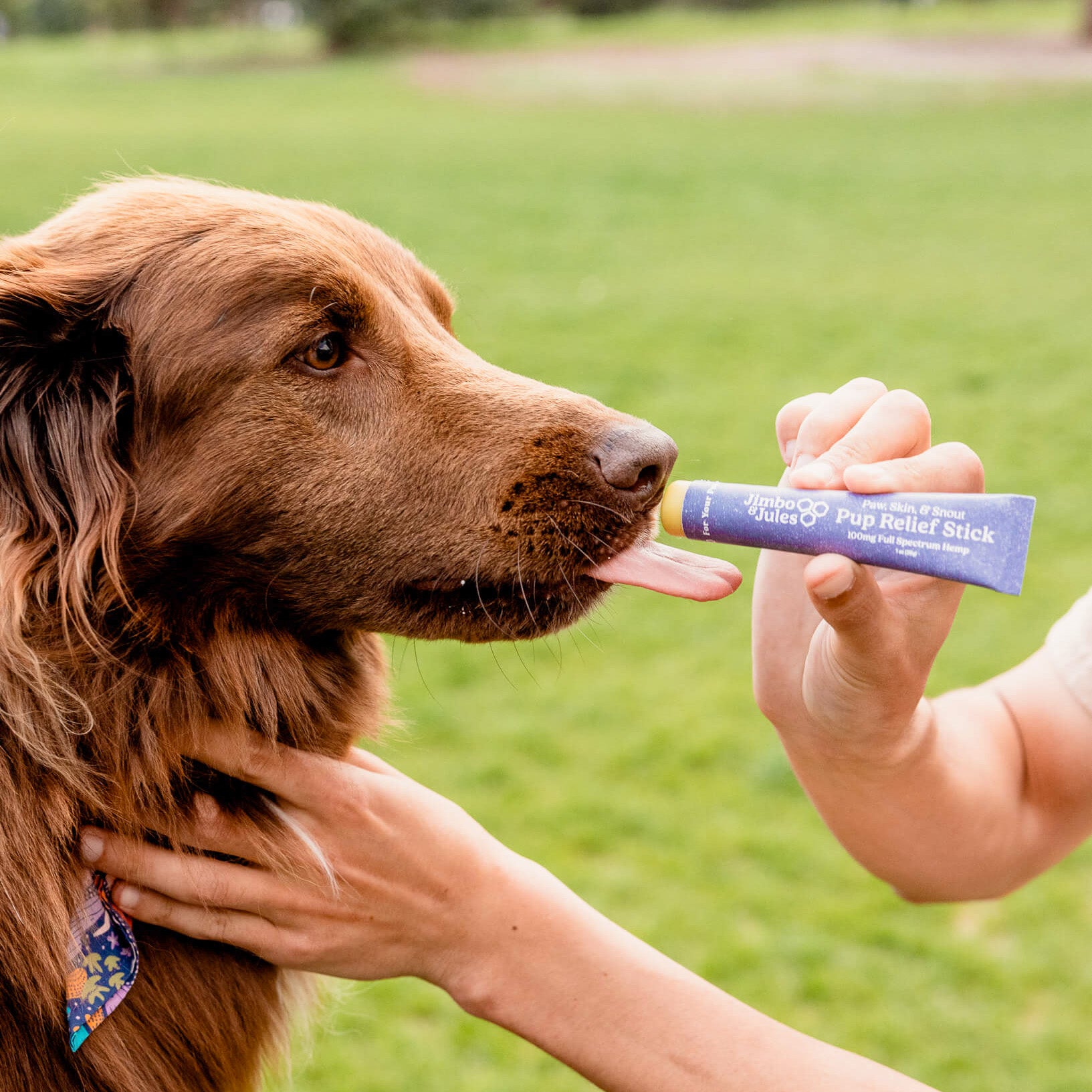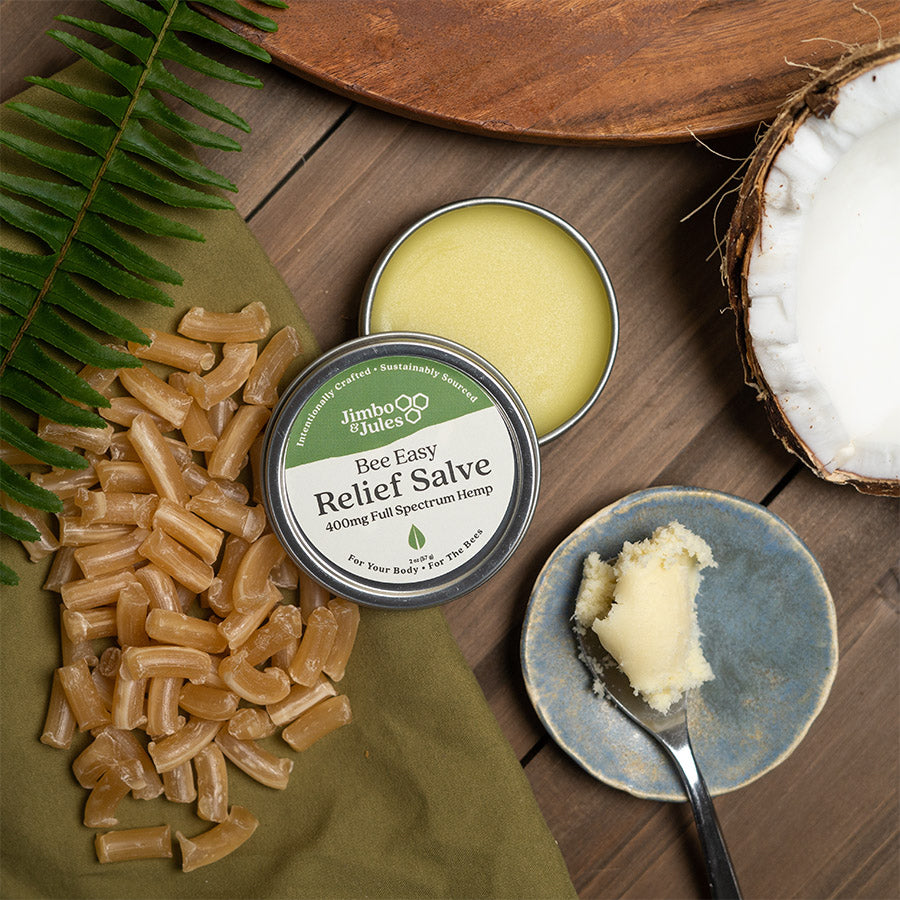If I traveled back in time to 2015 and asked you about CBD, would you have any idea what I was talking about? How about 10 years ago?
Today, you’d pretty much have to be living in a lighthouse in the middle of the ocean to avoid hearing about it - and even then, you’d better keep your eyes off of the internet. Even if you’ve never tried CBD, you’ve likely heard somewhere, from someone, that it’s being used for pain. Or anxiety. Or insomnia, or depression, or energy, or focus... and so on.
For many, the question is: how could one compound possibly claim to do so much? Well let me introduce you to a very important friend that you may not know you had: the Endocannabinoid System.
Your Body’s Internal Balance Beam
The Endocannabinoid System (that’s a mouthful...we’ll just call it the ECS) is a complex system functioning in your body just like the other systems you’re probably more familiar with, like the endocrine or nervous systems.
What do you, an elephant, a squirrel, and a sea urchin all have in common? It’s not a setup for a joke… or at least not a very funny one. You all have an ECS. The ECS is shared by almost every animal in the animal kingdom, and it evolved in us over 500 million years ago. So how could it be that we’re generally not very familiar with it?
Well, the complexity and significance of the ECS was only discovered about 30 years ago when scientists were studying the effects of the cannabis plant on the body. (Hence the name, endocannabinoid.)
Unfortunately, by naming this natural bodily system after the highly stigmatized cannabis (marijuana) plant, the researchers unwittingly disincentivized much study or awareness in the medical science field.
Learning The Cannabinoid Lingo
Before we get any deeper in the weeds here, let’s lay some vocab groundwork. Endo is a prefix meaning “within the body.” So endocannabinoid refers to a cannabinoid - or chemical - originating from inside the body. Our bodies create endocannabinoids, just like they create neurotransmitters such as serotonin or dopamine. In fact, endocannabinoids are a kind of neurotransmitter.

(Another fun fact: the reason the endocannabinoids weren’t discovered and studied along with the other neurotransmitters is because they’re lipids instead of water-soluble molecules like the others. So the scientific processes for identifying and isolating them are very different. This is also why you often see CBD infused into oil bases like coconut!)
Though the name implies a connection, endocannabinoids exist in your body whether or not you’ve ever been in contact with the cannabis plant.
Phyto, on the other hand, means “of a plant.” So phytocannabinoids, like CBD and THC, are versions of these chemicals that are produced in plants rather than an animal’s body.
Little Cannabinoids, Big Roles!
You likely have at least a vague idea of how neurotransmitters, like serotonin, function within the body. The ECS and its chemicals operate very similarly, and even in conjunction with these more famous neurotransmitters. Endocannabinoids are the neurotransmitters of the ECS.
There are two main endocannabinoids that we are aware of today: anandamide and 2-Arachidonoylglycerol (yikes...we’ll just call it 2-AG).

If you’ve ever experienced the “runner’s high,” you have anandamide to thank! Along with incentivizing physical activity, anandamide plays a part in pain, appetite, fertility and memory. (Fun fact: ananda is the sanskrit word for joy or bliss!)
2-AG, though not as deeply understood as anandamide, appears to be the most abundant endocannabinoid we have. It helps the body out by supporting immunity and cardiovascular health, balancing emotions, and protecting the brain.
The Endocannabinoid’s Parking Spot: Endocannabinoid Receptors
If a tree falls in a forest and no one’s around to hear it, does it make a sound? I'm not so sure. If a neurotransmitter is released into the bloodstream and no receptor’s are around for it to bind to, does it have an effect on the body? Nope! Neurotransmitters are messengers, and they need a receptor to receive that message.
We have two main types of receptors in our ECS, simply called CB1 and CB2.
CB1 receptors can be found all throughout the nervous system; in fact, they are the most abundant type of receptor in the nervous system! Molecules bind to CB1s to help regulate mood, memory, motor function, and neural plasticity (the brain’s ability to form new pathways). They’re also responsible for enabling the psychoactive effects of THC... more on that later.
CB2s, on the other hand, are mostly found in the immune system. They’re showing promise in research for potential to mitigate chronic pain & inflammation, and manage chronic autoimmune conditions.
What Came First, The Chicken or The Cannabis?
While the cannabinoids in our body’s ECS and the cannabinoids in plants exist totally independently, phytocannabinoids can also interact with our body’s ECS when introduced.

Cannabis isn’t the only plant with phytocannabinoids - just another way the name can cause some confusion! Echinacea, kava kava, black pepper, and even the hops used to make your beer also contain their own naturally occurring cannabinoids.
Once in our bodies, phytocannabinoids mimic our endocannabinoids. Our ECS receptors don’t distinguish between them, so they receive the phytocannabinoids just the same.
For example, the infamous and divisive THC molecule actually mimics our very sweet and innocent anandamide. The difference is that THC binds very tightly and reacts over a longer period of time than our natural anandamide, making the “high” sensation more intense and long-lived.
But THC and CBD are not the only phytocannabinoids! There are currently over 100 identified cannabinoids being actively researched for their own therapeutic benefits. Most cannabinoids are non-psychoactive, meaning they do not produce the high associated with THC.
Let’s take a closer look at the hottest non-psychoactive cannabinoid on the market right now, CBD.
Get Yourself A Cannabinoid That Can Do Both: CBD
CBD, the common nickname for the phytocannabinoid cannabidiol (can-uh-bid-eye’-uhl), is a special kind of cannabinoid. Most phytocannabinoids either act to stimulate or to calm the ECS, but CBD can do both. CBD is a modulator, acting similarly to an adaptogen, meaning it’s able to do whatever is needed to bring the system into balance.
Like the internal fairy godmother it is, CBD can go into the body and help grant a boost to the parts of the body that seem to be lacking or sleepy, while also offering some calm to the places that may be a bit overstimulated.
Another special quality of our beloved CBD is that it’s friends with everyone. CBD doesn’t limit its reach to just the ECS receptors; it also supports our serotonin and pain receptors. A 2019 study found that CBD significantly helped reduce anxiety-like behavior in rats that were suffering from chronic neuropathic pain.
CBD and the other cannabinoids are social molecules - which, to be clear, is not a scientific term by any means. What I mean is that they work well on their own, but they work even better together (cue: “Better Together” by Jack Johnson).
Click here for part two where we take a closer look at the entourage effect - and no, I don’t mean the show.
Keeping Your Balance Beam Happy
To sum it up, our ECS is a vital and severely under appreciated system that is constantly working to bring our bodies back to balance. But we don’t always make it easy; chronic stress, poor diet, drug and alcohol abuse - all of these things throw our bodies (and our ECS) out of whack.
You can support your ECS by mitigating these factors in your life, but some are easier said than done. Maintaining a healthy ECS is important to maintaining a healthy body, and when stress and fatigue have got you down, CBD can lend you a hand!









